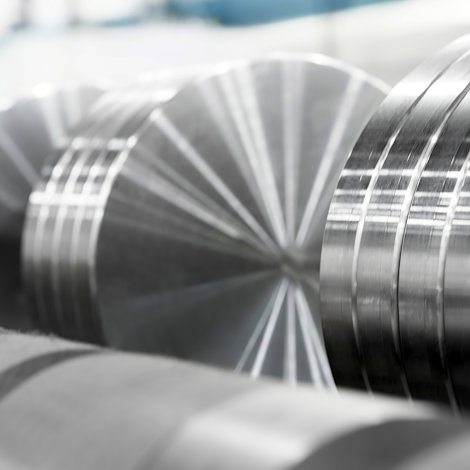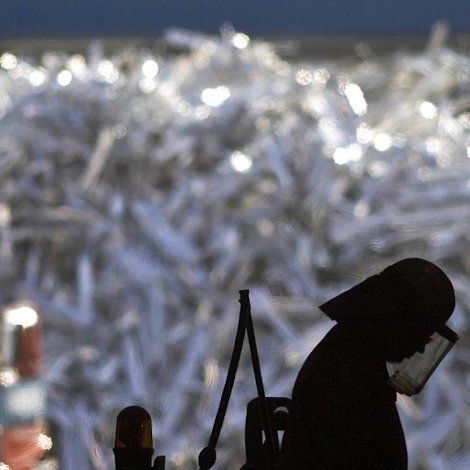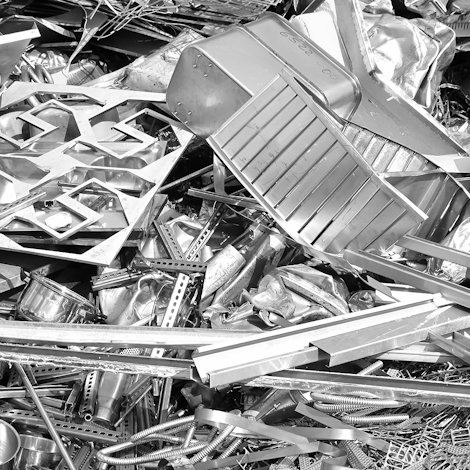How to avoid greenwashing when calculating the carbon footprint of recycled aluminium
Because raw material supply is the crucial factor contributing to the carbon footprint of their products, more end-users of aluminium are using footprint as a supplier selection criterion – and are starting to specify actual footprints. This is good for us all, and I have no doubt the aluminium industry agrees on our common need to improve our numbers, forcefully and beyond reproach. A key step will be to resolve our footprint calculation dilemma, related to recycling, in a way that does not promote greenwashing.
The Paris Agreement for climate control has an aim to limit global warming to 1.5 degrees Celsius. This, in turn, means reducing greenhouse gases by around 50% by 2030, and reaching net zero emissions by 2050. As the 2030 deadline approaches, governments are increasing their willingness to use legislation, incentive systems and regulations to trigger changes. In addition, the increased public awareness of environmental issues has been gradually influencing our purchasing behaviors.
This will increasingly require the aluminium industry to provide well-documented emissions data and concrete decarbonization roadmaps up through the value chain.
We will first discuss the decarbonization of aluminum from a global perspective. Secondly, we will discuss recycling of post-consumer scrap as a key decarbonization path, and we will point out the main changes the industry needs to implement. Thirdly, we will present various case studies to illustrate a key dilemma for the aluminum industry related to recycling – namely treatment of process scrap vs. post-consumer scrap when calculating carbon footprint.
Two strategies for decarbonizing aluminium
Producing primary aluminium is energy-intensive, and since a substantial portion of the global industry has power sources based on fossil fuel, it contributes to a fair share of global emissions. So, yes, it matters how and where aluminium is produced, when we talk about decarbonizing the metal.
The second key to decarbonization is recycling, because aluminium is infinitely recyclable and because the remelting process requires only around 5% of the energy needed for primary production.
Hence, the two main decarbonization strategies for the aluminium industry, each influencing 50% of the supply need in 2050, are:
- Move toward renewable energy for primary aluminium production
- Increase the share of aluminium waste (end-of-life scrap)
In a scenario with a supply situation consisting of 50% primary production based on renewable energy and 50% of the supply based on post-consumer scrap, the average aluminium carbon footprint would potentially fall to around 2.25 kg CO2/kg aluminium. This would then fulfill around 75% of the European aluminium industry decarbonization target to be met, set by the Paris Agreement.
The remaining 25% emissions to reach net zero are harder to abate and would involve significant technology developments such as alternatives to the Hall-Heroult electrolysis process for primary production, carbon-capturing technologies, and alternatives to using fossil fuel in all the heating processes throughout the value chain.
Recycling larger volumes of post-consumer aluminium scrap
What will it take to increase recycling of post-consumer scrap to cover 50% of the aluminium supply in 2050?
We will need to look beyond the secondary foundry alloy market, which will not be large enough to act as the main recycling value chain for the aluminium industry. Going forward, recycling post-consumer scrap through the extrusion, sheet, forging, primary foundry alloy value chains must substantially increase. And to achieve this, two changes will have to happen:
- Modify alloy composition limits to allow for recycling more mixed/contaminated scrap
- Improve scrap alloy cleanliness to allow for increased content
The technologies for improving scrap cleanliness have advanced significantly since the turn of the century, and the introduction of X-ray sorting of shredded scrap based on density can render a clean aluminium fraction, removing essentially all foreign materials.
Furthermore, the newest generations of X-ray machines also manage to remove substantial portions of foundry alloys from the wrought alloy fractions. This is possible due to higher content of alloying materials in foundry alloys, modifying the density enough that sensitive X-ray machines can distinguish at least a portion from the wrought alloys.
Additional refinement needs the introduction of technologies that separate based on chemistry, such as Laser-Induced Breakdown Spectroscopy, which is a promising technology that is in the maturing phase.
The footprint dilemma for recycled aluminium
I’ve focused on end-of-life scrap – what we call post-consumer scrap – as one of the key industry-wide decarbonization routes. But the industry also treats another type of scrap: process scrap.
And when we go back to the Paris Agreement and carbon footprints, those of us in the aluminium industry face a footprint dilemma where we could be called out for greenwashing. Let me explain.
We use two methods for calculating the carbon footprint of aluminium process scrap: the cut-off method and the by-product method. These methods give equal results in closed-loop recycling situations, however, the situation changes dramatically in open-loop recycling.
In open-loop recycling, the cut-off method benefits the one who utilizes the process scrap, while for the by-product, the process scrap burden follows the material streams so that it is evenly distributed between the ones generating and the ones utilizing the scrap.
Consequently, with the cut-off method, there is a risk that the ones utilizing the process scrap could be tempted to market the aluminium as green or decarbonized, despite the fact this does not influence the overall aluminium footprint. And this could be considered portraying the material as greener than it is.
In other words, the cut-off method could potentially become a vehicle to greenwash aluminium with a high carbon footprint and thus outcompete low-carbon primary metal or recycled end-of-life aluminium. In this way, the method might discourage needed investment in low-carbon primary production and the end-of-life scrap recovery and upgrading, thus being counterproductive vs. the green transformation.
We must be transparent on the calculation method we use, and the share of both post-consumer and process scrap, so that end-users have the information they need to make the right decisions.








